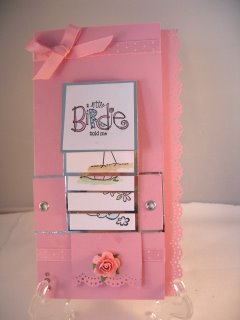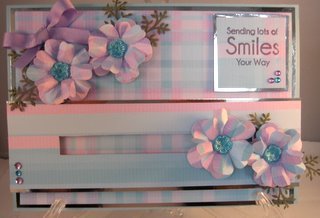I put out a call for models and had several volunteers. I did most initial photography in my studio. Since I do not have studio lighting, I used a floor lamp projected at the ceiling for a fill light. For the remainder of the photography, I travelled to Toronto and shot the photos in the models' homes the best ambient lighting I could achieve with what was present. I used digital photography since I do not have access to a dark room. Coloured photos were switched to black and white and were cropped, but aside from this, there was no digital manipulation done to any of the photos. All effects were done manually.
My photos and their manipulations were inspired by Kansuke Yamamoto's Stapled Flesh.

Further to the theme of a survey of surrealism, I also incorporated motifs used by other artists. Pins, chains, insect parts, etc. are incorporated by a variety of surrealists. I wanted to demonstrate the inclusivity of the surrealist movement, which was international in scope, and which included males, females, and agenders/transgenders. My models are a variety of genders, nationalities, and body types.
Here are my variations.
1.

Sewn Flesh. Black and white photo with embroidery floss. In order to sew this, I marked out stitch points on the photo, placed the photo on a corrugated cardboard backing, and carefully punched the holes with a thick needle. When the holes had been made, I sewed carefully with thread, being sure not to crease the paper.
2.

Wired Flesh. Black and white photo with partially melted sterling silver wire. I lightly melted the ends of the sterling silver wire with an acetylene torch and placed them on top of the photograph.
3.

Sewn Flesh. Black and white photo with cotton thread. In order to sew this, I marked out stitch points on the photo, placed the photo on a corrugated cardboard backing, and carefully punched the holes with a thick needle. When the holes had been made, I sewed carefully with thread, being sure not to crease the paper.
4.

Pinned Flesh. Black and white photo with straight pins. I first placed the photograph onto thick corrugated cardboard, then stuck it with straight pins at regular intervals.
5.

Wire Sewn Flesh. Black and white photo with copper wire. In order to sew this, I marked out stitch points on the photo, placed the photo on a corrugated cardboard backing, and carefully punched the holes with a thick needle. When the holes had been made, I carefully threaded the wire through by hand, and bent the wire into place by hand. This was the most difficult piece to do without creasing the photograph, and the nature of the media/tools made even stitch shapes impossible. The idiosyncrasies of the wire make for an interesting contrast with the regularity of the other photos.
6.

Metal Flesh. Black and white photo with copper and brass findings forged and soldered by me. The metal pieces were placed on top of the photograph.
7.

Chained Flesh. Black and white photo with machine-made chain. The chain was placed on top of the photograph in such a way as to match up with and continue the line of the model's tattoo.
8.

Tacked Flesh. Black and white photo with thumbtacks. The photograph was placed onto thick corrugated cardboard and then stuck with thumbtacks at a regular interval. I think this photograph is especially evocative with anguish/pain. The model was unable to get into a low kneeling body posture because of their physical constraints, and the pins accentuate this discomfort.
9.

Winged Flesh. Black and white photo with Morpho menelaus wings. Butterfly wings were placed onto the photograph.
10.

Winged Flesh. Black and white photo with butterfly wings. Butterfly wings were placed onto the photograph.
11.

Winged Flesh. Black and white photo with butterfly wings. Butterfly wings were placed onto the photograph.








![[Tuglik & Qujapik]](https://78.media.tumblr.com/2723b1e4b0e5d1df915533c9568ad799/tumblr_p1qnlqvbWH1qe8by0o1_540.jpg)
![[Spider Woman] Spider Woman](https://78.media.tumblr.com/f32609f62d78f04fcd72fe3661f7b8e0/tumblr_p1qnlqvbWH1qe8by0o2_540.jpg)
























